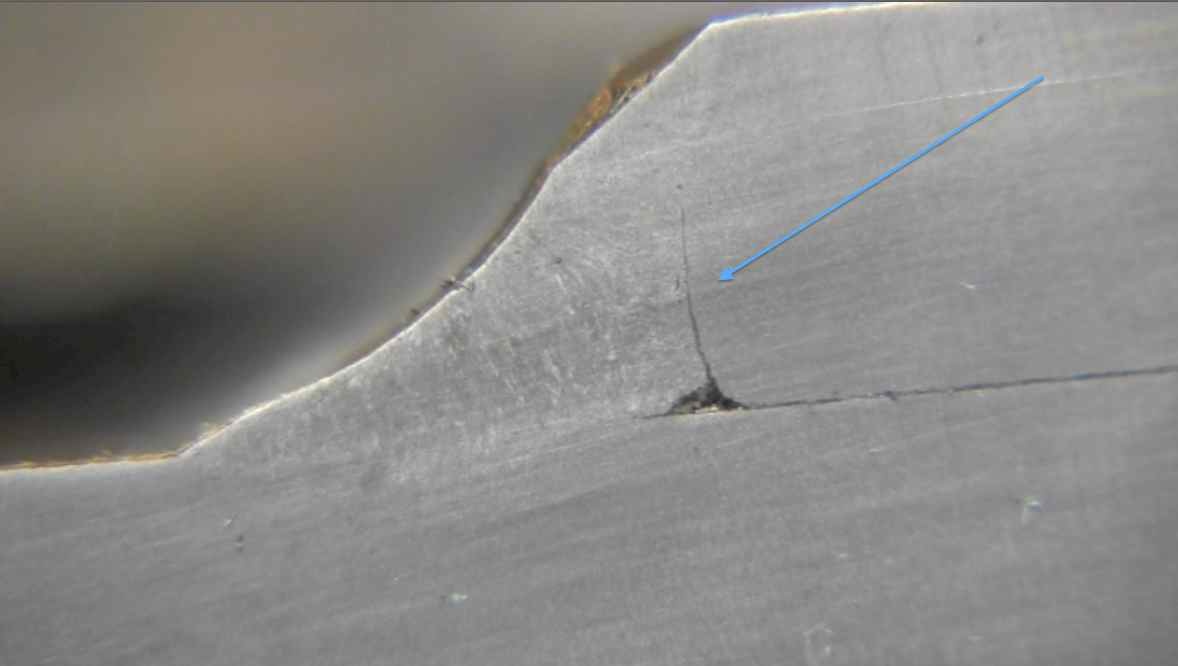LACK OF FUSION Lack of fusion, also called cold lapping or cold shuts, occurs when there is no fusion between the weld metal and the surfaces of the base plate. This defect can be seen in Figure 10-2. The most common cause of lack of fusion is a poor welding technique. Incomplete fusion is a lack of penetration or fusion between the weld metal and the parent metal of the piece. Welds with incomplete fusion are weak and substandard welds at best (if not downright dangerous). Here are a few of the most common causes for incomplete fusion, and solutions that will help you avoid the.
Lack Of Fusion Fillet Weld


Figure 3 – Lack of fusion at the root In the above figure the red, dotted line depicts a weld that achieved fusion to the vertical wall but questionable fusion to the horizontal wall. More importantly, this weld did not achieve root fusion and consequently has a much smaller effective throat. Lack of fusion is a very dangerous weld defect in a welded structure. Because of the notch effect, a crack may further propagate under the smallest load applied. This type of defect is very difficult to detect with non-destructive testing methods.
With regard to the position of the lack-of-fusion defects in a weld, three types of lack of fusion are distinguished [5]:
Lack Of Fusion Weld Defect
- lack of side-wall fusion,
- lack of inter-run fusion,
- lack of fusion at the root of the weld.
As to the appearance of the fracture face, one distinguishes the lack of fusion due to unmelted oxide inclusions and the lack of fusion due to melted oxide inclusions. The lack-of-fusion defects due to unmelted oxide inclusions consist of oxides and non-metallic inclusions. Lack of fusion, of which three types, i.e. IIW references 4011, 4012, and 4013, are distinguished in a standard should not be mixed up with lack of penetration, i.e. IIW reference 402 [6]. The defects located at the surface are efficiently detected by a visual inspection. Lack of penetration inside the weld, however, can be detected by X-ray or ultrasonic inspection methods.
As to the possibility of detecting, different types of lack of fusion can be classified into two groups, i.e., the one in which lack of fusion includes voids or non-metallic inclusions which can be detected by non-destructive methods, and the one in which the lack of fusion shows no discontinuity in the material since it is a structural defect and thus cannot be detected by non-destructive methods.
